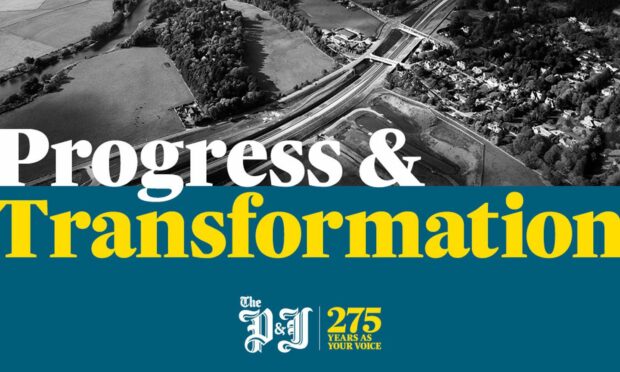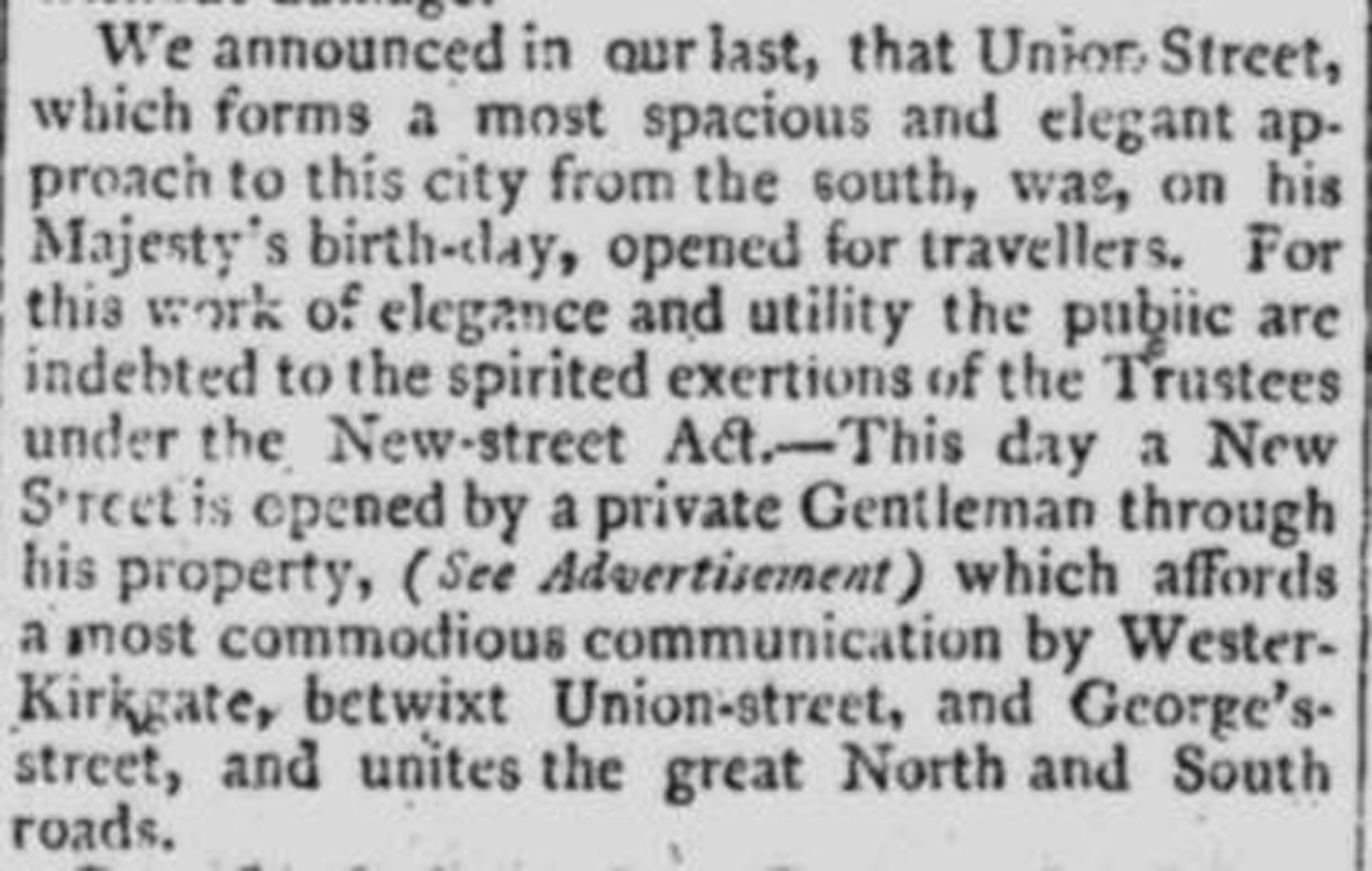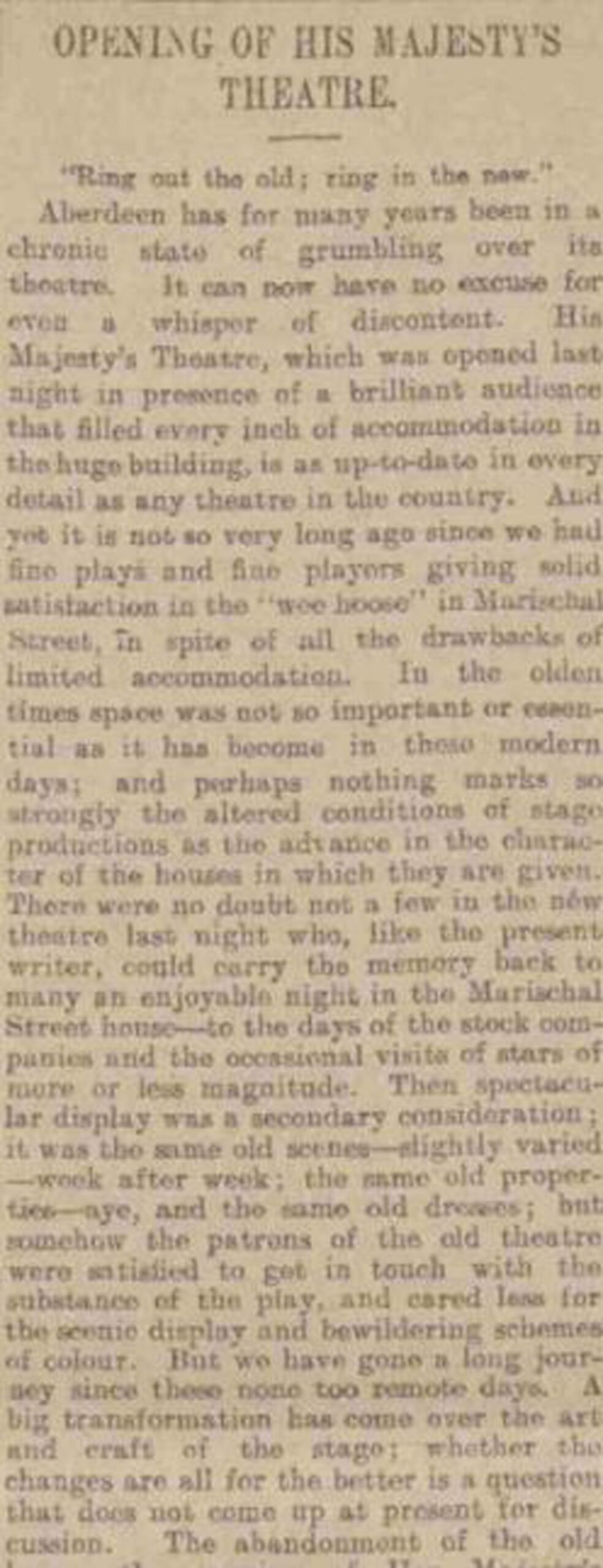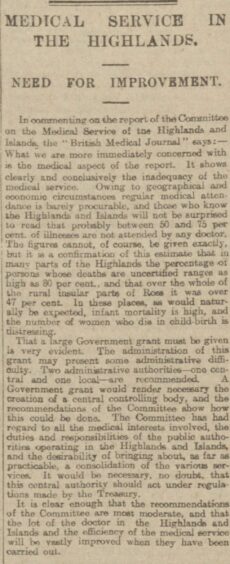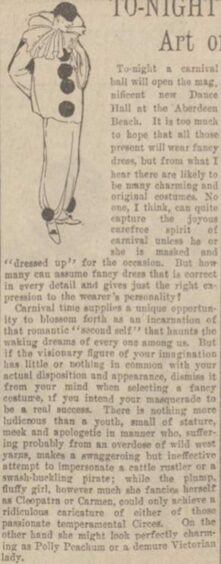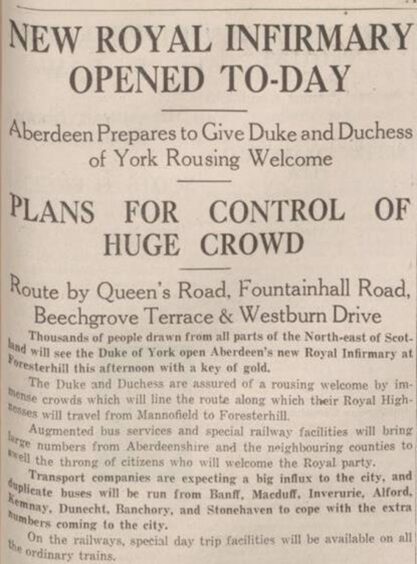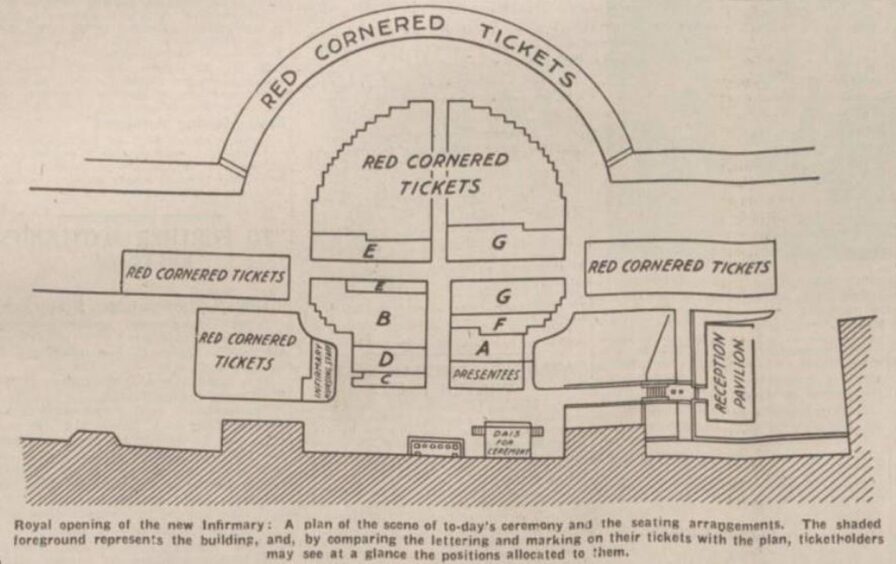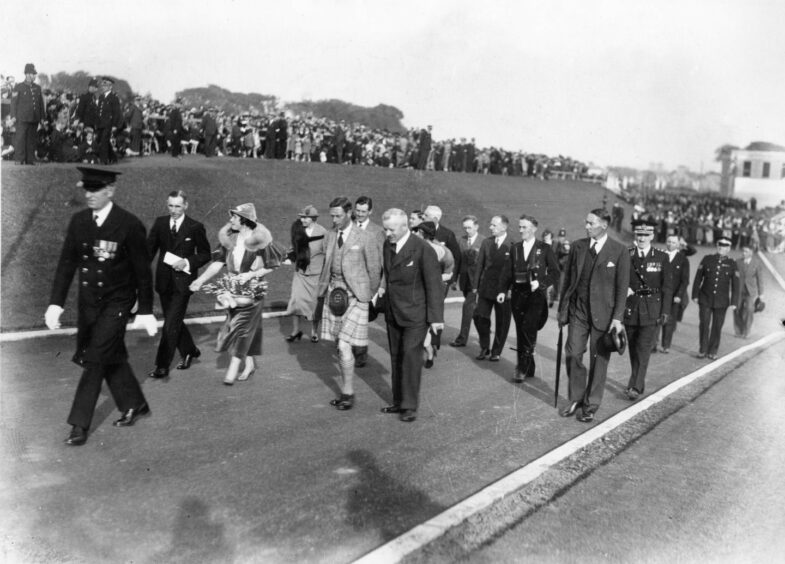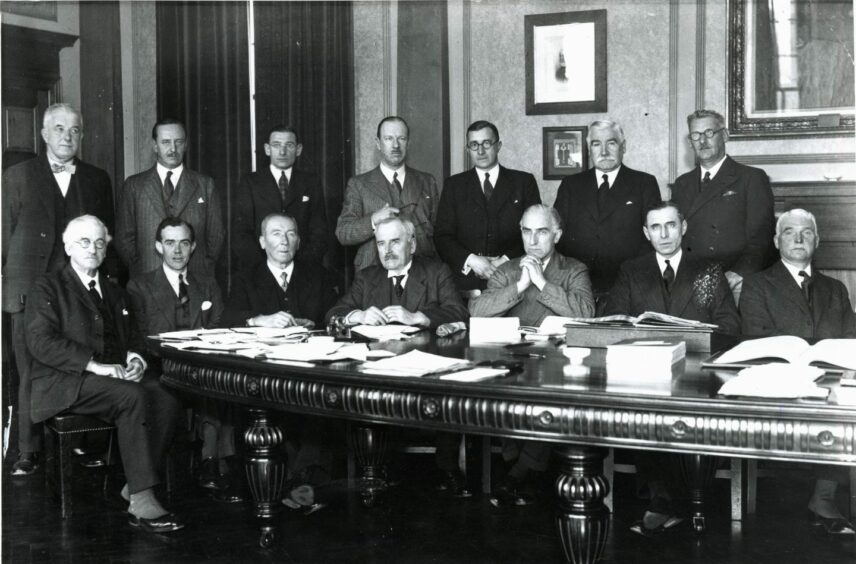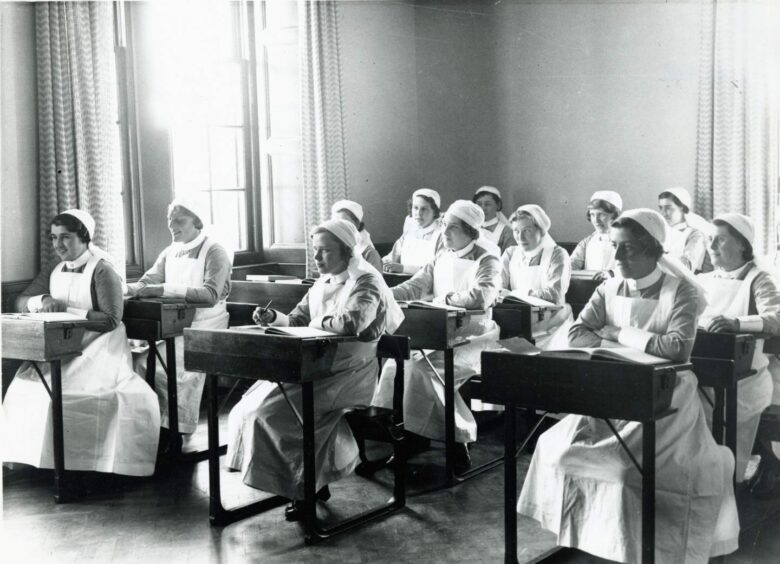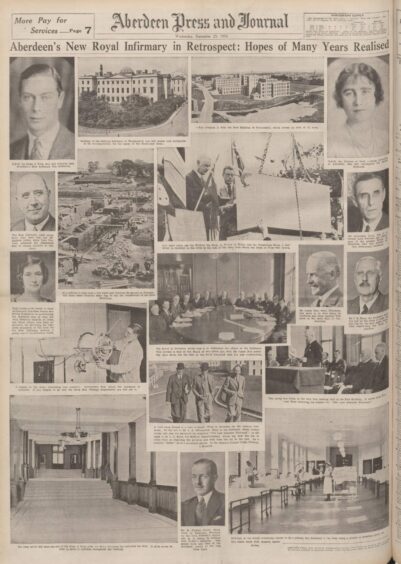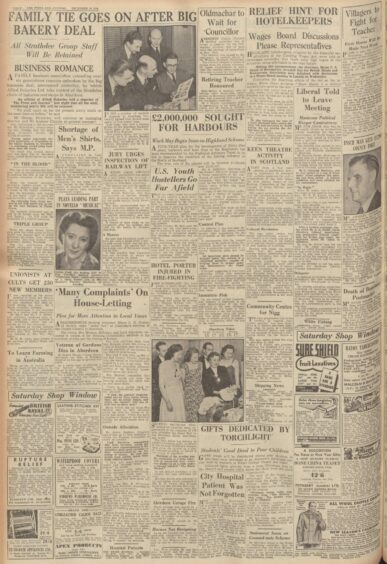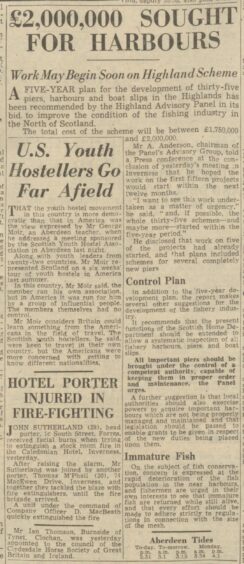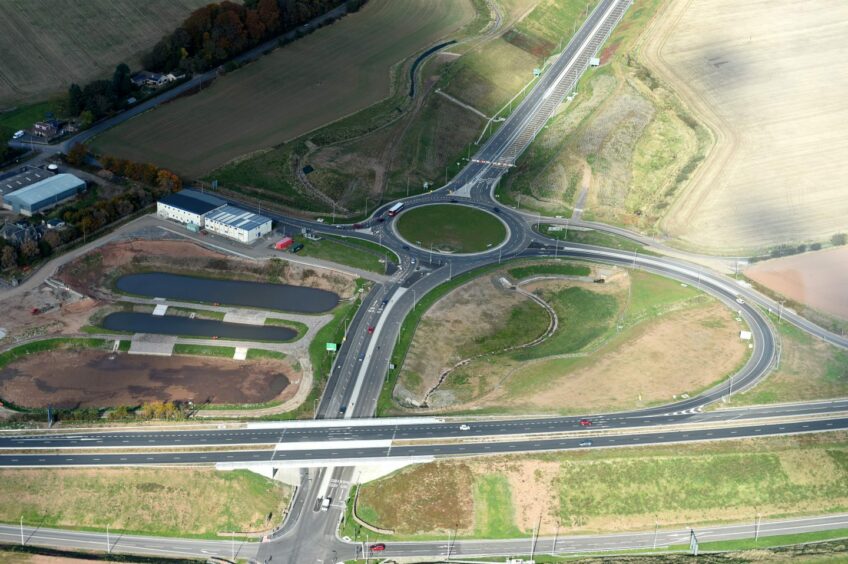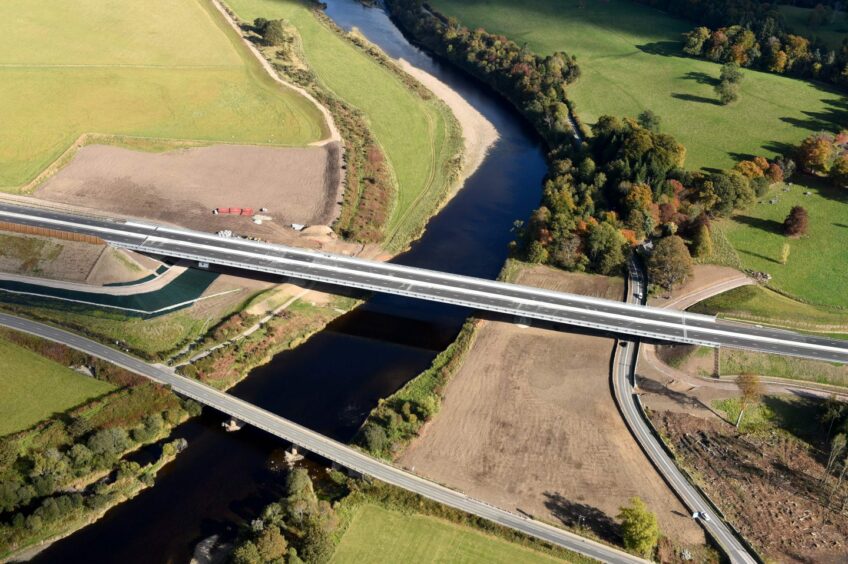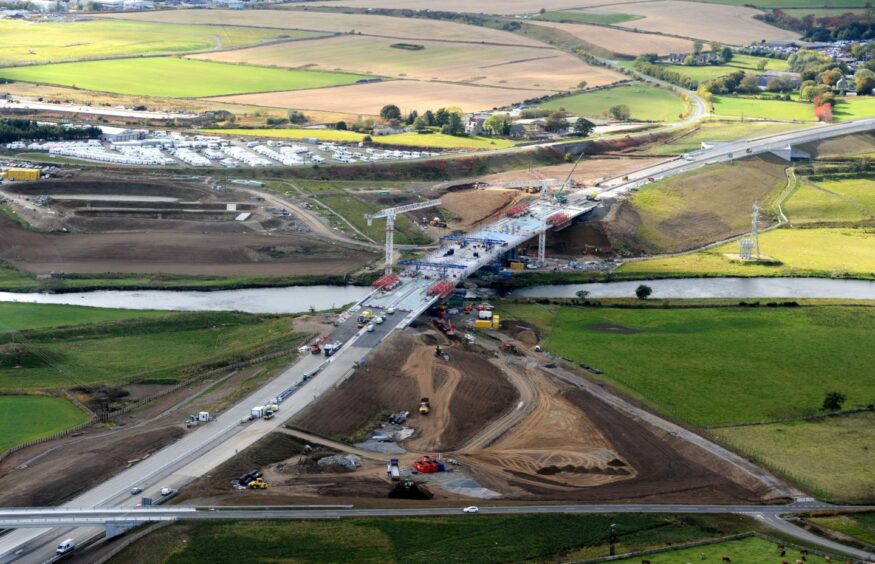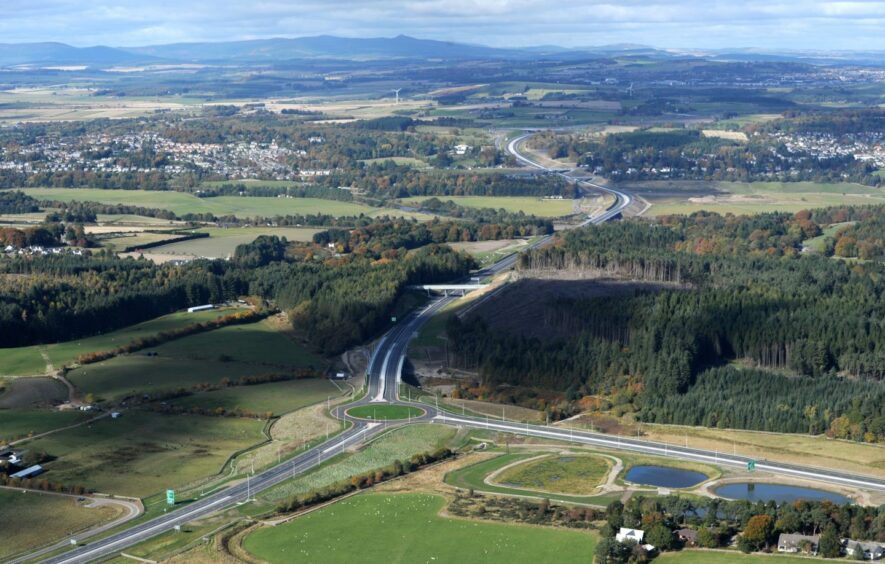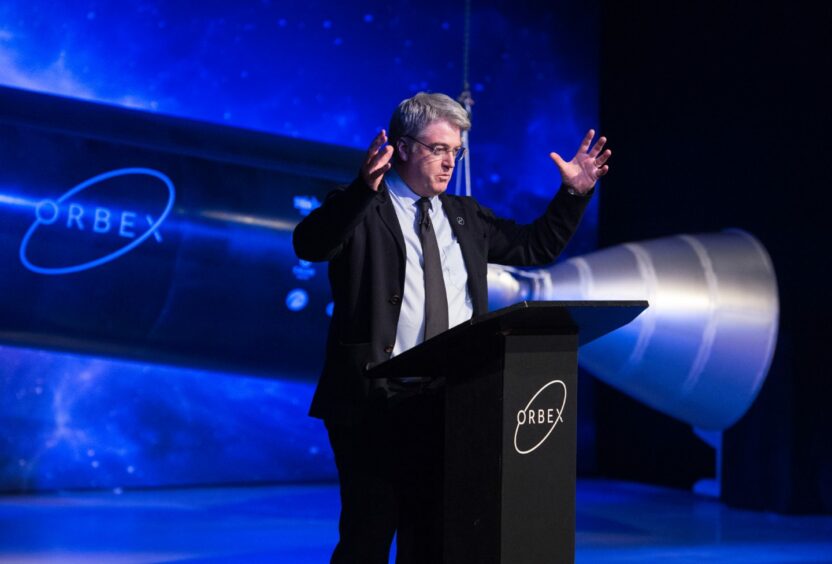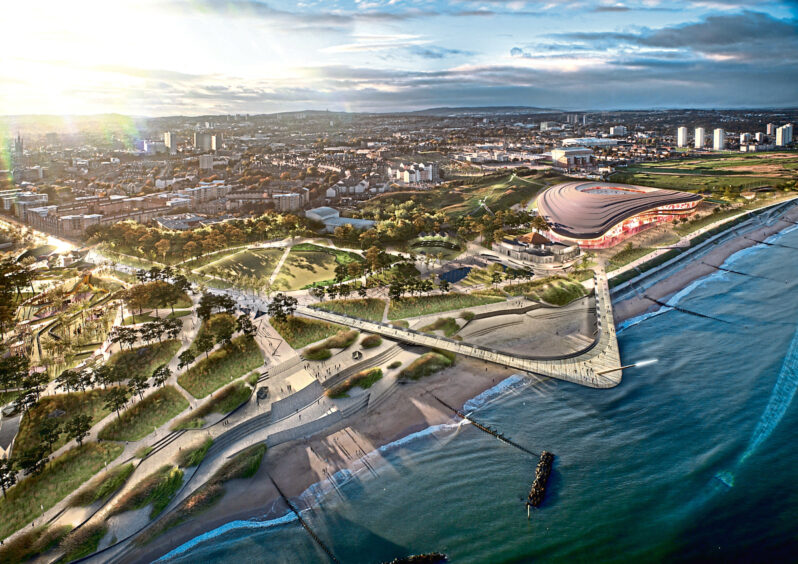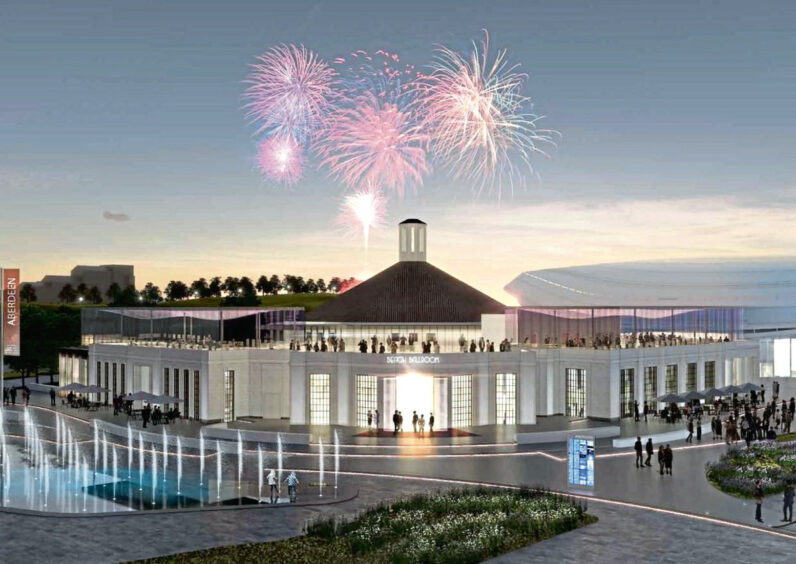As we mark our 275th anniversary this year, we’ll be bringing you a timeline of articles showcasing the best of our journalism – your stories – spanning hundreds of years.
Each month will focus on a different theme, from historic crimes and the royal family’s love affair with the north and north-east, to show-stopping entertainment on the stages of the region.
Not only will you be able to see how our reporters told your stories throughout the centuries, but you will also witness the transformation of our journalism – in your P&J – over time.
Progress and Transformation
It goes without saying our regions have transformed and progressed hugely since The Aberdeen’s Journal – today’s P&J – was first published in 1748.
From the creation of Aberdeen’s Union Street in 1805, the opening of Aberdeen Royal Infirmary in 1936, proposals around Highland harbours in 1948, to ongoing discussions around the future of Aberdeen city centre, The Press and Journal has been there as an active voice for our communities throughout it all.
This month, our 275th anniversary timeline focuses on the progress and transformation of the region, as well as how our coverage has changed over the years.
1805: The completion of Aberdeen’s Union Street
It might have been King George III’s birthday on June 4 1805, but the people of Aberdeen were celebrating for another reason – the opening of Union Street.
Work started on the city’s High Street in 1794, and at the time, it was the largest infrastructure project Aberdeen had embarked on.
The town council had asked surveyor Charles Abercrombie to find a way to improve the steep and hazardous network of medieval streets – and Union Street was established as a result.
On June 12 1805, The Aberdeen Journal reported on the opening. There were, of course, no images in the paper, and if you blinked you might have missed the small paragraph that told of the road’s completion.
The article stated: “We announced in our last, that Union Street, which forms a most spacious and elegant approach to this city from the south, was, on His Majesty’s birth-day, opened for travellers.”
1906: His Majesty’s Theatre opens its doors
At the time of its opening in 1906, His Majesty’s Theatre was described by The Aberdeen Journal as “up-to-date in every detail as any theatre in the country”.
The paper reported that HMT was much needed by the city as previously plays had been performed in “the wee hoose” in Marischal Street.
Free from any illustrations, the article was formed from nothing but words.
The Journal reporter wrote that theatre-goers could now expect more “scenic display and bewildering schemes of colour” from performances.
And the first performance to grace the newly polished stage was a pantomime of Little Red Riding Hood featuring music, song, dance and even ballet which was critiqued by the journalist.
The reporter noted: “The theatre has been built by Aberdeen workmen.”
1913: The development of the Highlands and Islands Medical Service – a precursor to the NHS
In 1913, The Aberdeen Journal reported on the likely progress of the Highlands and Islands Medical Service.
The recommendation was to create a service that would provide health care to some of the poorest communities in Scotland.
While not free, it offered the minimum levels that could be charged and provided care to those who could not afford to pay.
On January 1 1913, The Journal noted the difficulties in serving health care to those in the north of Scotland.
It read: “It would be easier and cheaper and more expeditious to visit America from London, than to visit several of the northern parts of Scotland.
“Some doctors have spent four or five days in visiting one person, and many of the doctors have been performing their duties especially in the winter time, under enormous physical difficulties and at great risk to their lives.”
1929: Aberdeen’s new ‘dance hall’
The Aberdeen Journal’s report of the opening of the city’s new Beach Ballroom encouraged Aberdonians to embrace fancy dress.
Published on May 3 1929, The Journal reporter noted a carnival theme and advised that costumes “give the right expression to the wearer’s personality”.
By 1929, The Aberdeen Journal’s layout had changed from single columns with some – including this one – featuring illustrations to enhance the article.
Inappropriate costumes were commented on in this article, and it also mentioned the kinds of costumes which should never be worn.
1936: A royal opening for Aberdeen’s Royal Infirmary
The opening of Aberdeen Royal Infirmary was a reason for major celebration in the city.
Articles printed in the Aberdeen Press and Journal in 1936 told of a royal opening for the hospital by the Duke and Duchess of York on September 23.
Thousands of local people gathered to see the royal couple. Aberdeen school pupils were even given a half-day.
The Journal reported “transport companies are expecting a big influx to the city, and duplicate buses will be run”.
One article stated: “A transmitting car will accompany the royal party and will send messages to four other cars along the route of the progress of the Duke and Duchess.
“This will enable the police to close the streets a few minutes before the arrival of the royal car and mean the least possible disturbance to normal traffic.”
An article describing preparatory work for the opening of ARI contained a gallery with photographs.
1948: The development of Highland Harbours
Fishing has always been key in our region and The Press and Journal has long carried coverage of news in the industry.
On December 18 1948, The Press and Journal reported on a proposed five-year plan to develop 35 piers, harbours and boat slips across the Highlands.
The cost of the development was predicted to be between £1.75 million and £2m.
In today’s P&J, such a huge, expensive plan would typically feature on the front page of the paper or in a significant spot on this website’s homepage.
However, in 1948, the article could be lost among the multiple stories printed on the page – although it was still given an eye-catching centre spot.
Today’s P&J might also showcase the plans for the development with a 3D drawing, but no such technology existed in 1948.
Within the article, Mr A Anderson, chairman of the Highland Advisory Panel, said: “I want to see this work undertaken as a matter of urgency.”
The report also suggested bringing control of the piers under a competent authority “capable of keeping them in proper order and maintenance”.
1996: The transformation of Loch Ness
On April 10 1996, The Press and Journal reported on the building of lochside harbours at Loch Ness which aimed to transform the loch and re-establish some of the amenities that were present many years ago.
At the time, The P&J used a single image of the leader of the initiative, Jim Hogan, to illustrate the story.
It’s interesting to note the number of adverts on the page in a 1996 paper – significantly fewer ads are placed on editorial pages today.
2018: The Aberdeen Western Peripheral Route (AWPR)
Images played a key part in the reporting of work on the AWPR. In the UK, it was the biggest new road to be built since the M25.
Aerial images taken with a drone allowed The P&J to showcase not only the progress on the road, but also the huge change the route had made to the north-east’s landscape.
The P&J used these images in 2018 to tell the story of the transformation.
The Press and Journal introduced video for storytelling and used it heavily when reporting on the AWPR.
In 2018, a combination of drone video footage and a voiceover was used on The P&J website to tell of delays in the opening of the new bypass.
Then, in 2019, following the opening of the road, P&J reporters used video to this time film readers on the street and ask their opinions on the new road.
Using video to tell stories was still fairly new to The Press and Journal at this point, but it gave users online the opportunity to watch content rather than read it.
Previously, reader opinions were always given in print format in the newspaper.
2022: The space industry map
What are the big developments that will one day end up in a timeline of events to mark the P&J’s 500th anniversary?
Maybe one will be the early days of our region’s space industry – as explored in this recent interview with the boss of a Moray firm in May last year.
Orbex is building rockets that should one day soon be blasting off from the Highlands and Islands.
To tell the story of Orbex’s work, the P&J used a video within an online article and images to illustrate the tale.
Who only knows how future reporters of The Press and Journal could use technology to tell of Moray’s venture into the space industry.
2022: The future of Aberdeen
Last year, there was much talk of change in Aberdeen – change that many believe is needed to transform and breathe new life into the Granite City.
Excitement and hope were in the air when Union Street opened in 1805. Fast forward to today and Union Street has many empty retail units, with some people saying it should be pedestrianised.
When Aberdeen City Council released images of how the city could look following a revamp and lots of investment, The P&J used video to bring these ideas to life.
This enabled readers to visualise how a new and improved Aberdeen could look and feel.
The article formed part of The P&J’s Future of Aberdeen series – a comprehensive exploration of the proposals being forged to revive the Granite City in the face of dramatic shifts in the way we live, work and play.
Read more from our 275th year anniversary series
